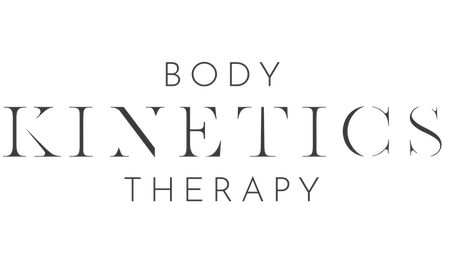|
James is an engineer in his 30s who came to me primarily because of pain he was getting in his left foot and knee. It would hurt to walk from the first steps he took in the morning and he would have to put his feet up to rest “like an old man” by about 8pm every day. He also had a constant ache in his back when he was sitting and would get a pain in his left shoulder blade when taking in a deep breath.
0 Comments
Anyone who practices Bowen has to get used people asking what on earth Bowen is as it is far from being as well known in the UK. This first answer often leads to a second layer of questions, which boil down to what the difference between Bowen, osteopathy, physiotherapy and chiropractic is. There are two things to flag before answering: first, the work of excellent therapists working with the body from all backgrounds can look and especially sound quite similar. This is because (second caveat) it is ultimately the skill of the therapist and not the name of their style which matters. Regulation does not (and never will) stop there being good and bad practitioners in every style. What is Physiotherapy? Growing out of early C20 physical rehabilitation work, physiotherapy is the approach to physical therapy which is historically established within the NHS. Physios thus have exclusive right to call themselves by the title Physiotherapists or Physical Therapists (even though there are many other people doing physical therapy). They typically offer:
Physio treatment encompasses everything from stroke and post-operative rehab to working with sports injuries. Training and style differs from country to country, so someone trained in Australia or Canada may work differently to a British trained therapist. Summary Key Idea: Rehabilitative improvement of the mechanical function of your body. Techniques Used: wellbeing advice, corrective exercise, manual therapy (massage, ultra sound etc) Session Length: first session 30- 60 minutes, ongoing shorter (often 30 minutes). What is Osteopathy? The first osteopathic training centre opened in 1892 and the approach is based on the idea that correct muscular-skeletal structure will promote optimal health. Since 1993 osteopathy has been regulated and can be available on the NHS. The original philosophy of osteopathy is to give structural corrections, specifically of bone and soft tissue, using a wide variety of manual techniques so that the blood can circulate unhindered. Osteopathy has been evolving over its 120 year history, and many osteopaths now use corrective exercise and have adopted an understanding of their work which can be quite hard to distinguish from a physiotherapist. Summary Key Idea: correction of physical structure leads to better blood circulation and better overall health. Techniques Used: many different types of manual therapy (including soft tissue and sometimes velocity manipulations or “crunches”), advice, sometimes corrective exercise. Session Length: Longer initial appointment then often 30-45 mins ongoing.
What is Bowen?
Tom Bowen saw himself as part of the osteopathic tradition, and the philosophy behind his work is similar to both classic osteopathy and chiropractic. What is very different is how he worked to get his results. The mechanism of Bowen is probably neurological, using brief corrections followed by periods of rest. To the best of our understanding these movements, and the breaks which follow them, effect the nervous system through the superficial touch receptors in the connective tissue under the skin. Summary Key Idea: Neurological stimulation leading to muscular-skeletal, proprioceptive or endocrinal change. Techniques Used: joint mobilisation, the Bowen Move, holding points. Average Session Length: Initial and ongoing sessions 30-60 minutes (depending on several factors). Phil experienced two strokes on New Years´ Day 2006 and was in the stroke unit for several months, having lost speech, movement and a lot of sight in this left eye. He’d had a high achieving job in advertising and brought the same drive to his rehab, ignoring anyone who told him that he would never be able to do “X”. He’d completed a marathon a few years previously and felt that, physically speaking, things were as good as they were going to get. We decided to see what Bowen could do with the hope of trying to bring more evenness to the two sides of his body. There was still a definite difference and his movement had some ataxia which included a limp left arm (apart from a sudden movement of his finger at the end of when the swing would have happened) and other things like having having to go down stairs sideways.
We did sessions every 2 weeks for a few months and he is currently taking a break to allow him to adjust to the huge changes in his experience of his body.
Back Pain from Walking in an Airboot Beth is a photographer who broke her foot in June 2017 and had been in an airboot for 6 weeks when she came to see me, initially asking if I could help with a pain that she got in her finger sometimes when unzipping her camera, and because her shoulders get stiff from work. Her foot was healing on schedule and felt reasonably ok to her, though it would swell in the evenings. However, her right lower back and glute were in constant pain from the way that the airboot was making her walk. Assessment showed that the bones in her feet were slightly out of position. I could see from her walking at the end of the session that the lower back was still locked up, so did a release technique on her, which stopped the lower back pain instantly. After the treatment she was very tired and “could have slept for a lifetime”. The pain in her back/glute went for about 5 days and just started returning the day before the second treatment
When people are trying to “place” Bowen one of the first comparisons that they make is with massage. Bowen is not massage and you are guaranteed to leave disappointed if you turn up expecting a “nice strong massage”, but it may also be able to help you when massage cannot. Bowen and massage both work with people’s bodies, but hedge fund managers and bank tellers both work with people’s money and they are not remotely the same either. What is Massage Therapy? A professional massage therapist in the UK will generally offer several related styles along a scale which ranges from Swedish or holistic massage and aromatherapy massage (Swedish massage with specially selected aromatherapy oils) on the softer end to sports or deep tissue massage at the more intense end. Modern therapeutic massage in the West dates back to the C19, with sports or deep tissue developing from it in the late C20. 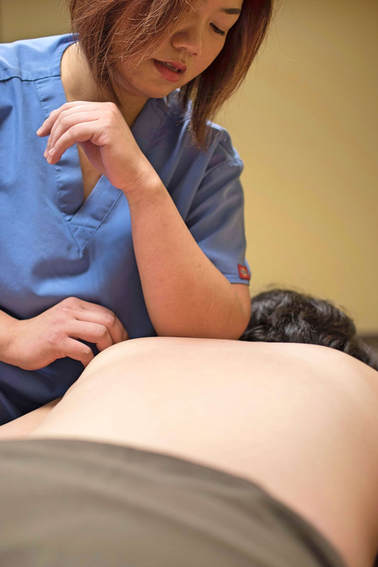 Massage therapy can use very strong pressure and typically uses oil on the skin. Bowen does neither of these things. Massage therapy can use very strong pressure and typically uses oil on the skin. Bowen does neither of these things. Massage is normally done with the client undressed with oil on their skin to help the hands slide. Pressure is often quite strong, sometimes extremely so. The therapist works on the client paying especial attention to the “problem area” with little or no break for the whole session which will typically last an hour (anything from 30-90 minutes is normal). You will often feel an instant improvement which typically wears off gradually during the week. What is Bowen Technique? Bowen does not use the repeated movements, multiple techniques, extended heavy pressure and continuous work of massage, preferring a minimal range of techniques, mainly gentle movement of joints to prepare for a rolling movement called the “Bowen Move”. We always work the whole body, which can mean we don´t necessarily focus a lot of (or any!) time on the “problem area”. In a session Bowen therapists make dramatically fewer moves than a massage therapist would incorporate signature breaks of several minutes in the treatment. These gaps are one of the essential elements of Bowen Technique. It is possible to have your entire Bowen treatment while still clothed (in light, loose clothing). It is quite normal for you to feel little difference immediately after the treatment, with your body starting to change 2-3 days after the session and experience further reactions for up to a week after. Bowen can even make you feel slightly worse initially before you feel better. (The most common “bad reactions” are that people feel sore as though they had gone to the gym or they are very tired.) Why would you choose either Bowen or Massage Therapy? Bowen can be done with you totally clothed (one layer only please!) and it uses no oil. If you are uncomfortable undressing or very allergic then Bowen may be a good solution for you. Bowen also has a lower "hands on" time so if you are sensitive to touch it may be a better option than massage. Bowen treatments are shorter than the standard massage session, with 15-20 minutes being the average hands on treatment time. This makes it a good choice if you have limited time, or (like me) don´t enjoy lying down for too long or dislike massage, but still have pain which you want help with. If you want continuous physical contact or sustained strong pressure, then massage therapy is definitely going to be more appropriate for you. Some people enjoy the experience of a deep massage so that, while they use Bowen therapeutically for pain issues which don´t respond to anything else, their preference for maintenance would be a deep sports massage.
There is so much we don´t know about how the human body works: how is it that the immune system doesn´t see a fertilized egg as an alien intruder which needs to be killed off, but allows it to develop for 9 months? Why do we yawn? Why do we dream or sleep so much? (Giraffes sleep less than 4 hours a day and wild elephants only 2) Why do we blush? We have theories, but we don´t know the answers to any of these questions with any degree of certainty. Likewise, when we get down to detail, we don´t know how many medical interventions work. We also don´t really know how Bowen works. Here are two of the best current theories we have.
Theory Should Not Get in the Way of Practice
It is helpful to have some sort of story about what is happening as a result of a treatment. Both these theories make sense, and both have a good chance of being (at least partially) correct. Of course they are not the only perspectives on what is going on: a number of the bowen techniques work directly to encourage lymphatic movement, and most of the standard locations where we make moves are on acupuncture points and meridians, so it might also be possible to explain what´s happening on the basis of Chinese medical theory. Most people come to Bowen (often as a last resort) as they are in pain and want the pain to stop. Ultimately, regardless of all the theory, if you don´t try Bowen it won´t work for you.
|
AuthorBody Kinetics Therapy currently offers Sharon Wheeler's Fascial Work for physical trauma and Bowen Technique for neuromuscular pain in Shepherd's Bush, W6, Primrose Hill NW1 and Finsbury Park, London N4. Archives
September 2022
Categories |
Website design: InterKnowledge. Original photography: Beth Evans. Logo design: Josh Olins. Copyright © Body Kinetics Therapy 2018. Privacy and Data Protection. Legal.

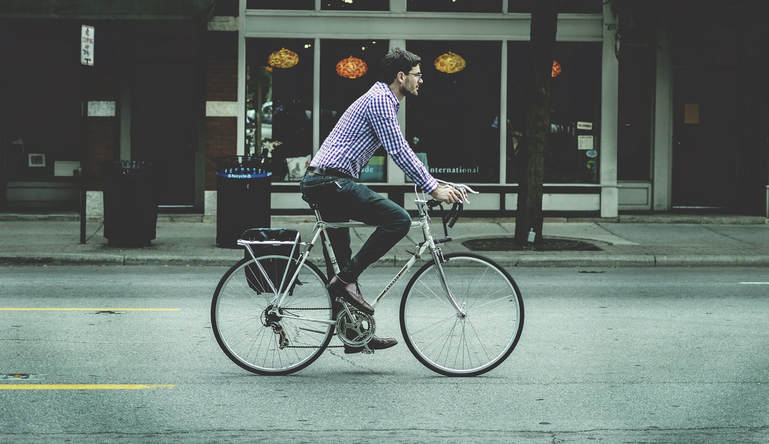
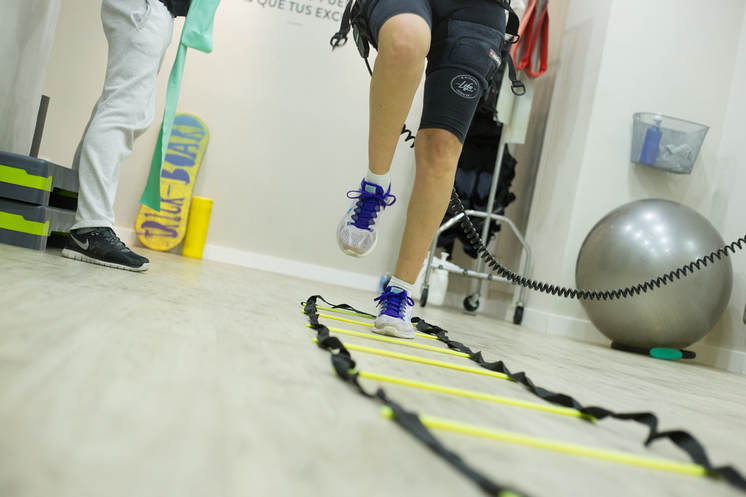

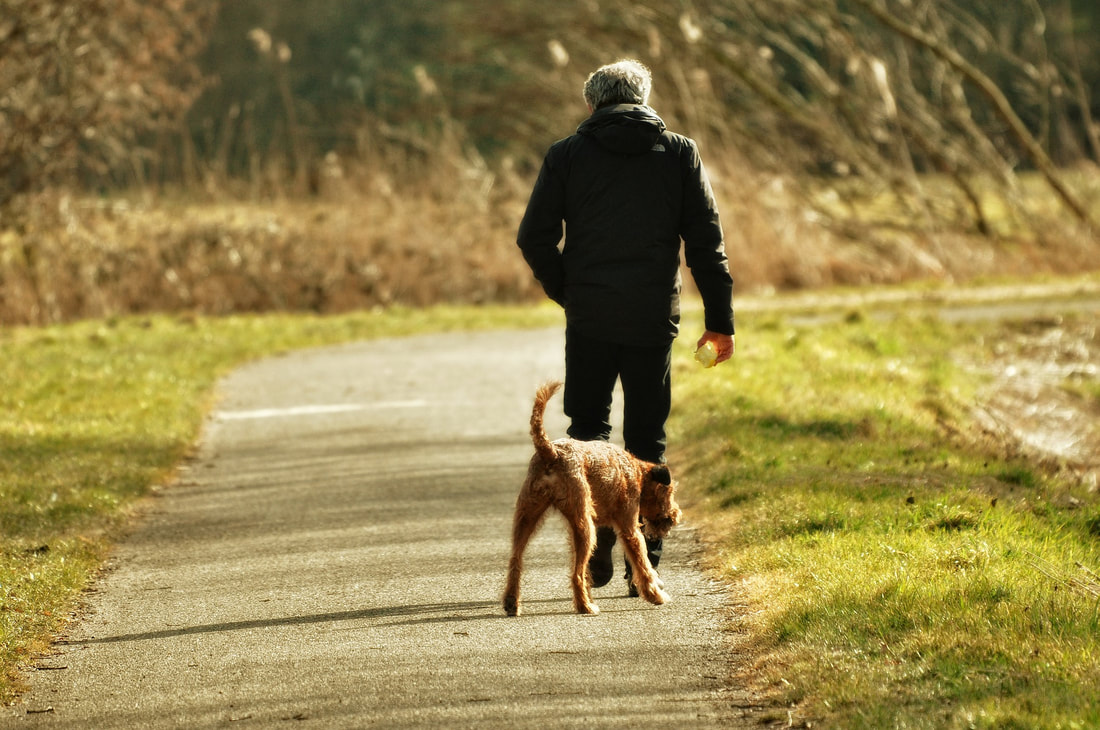
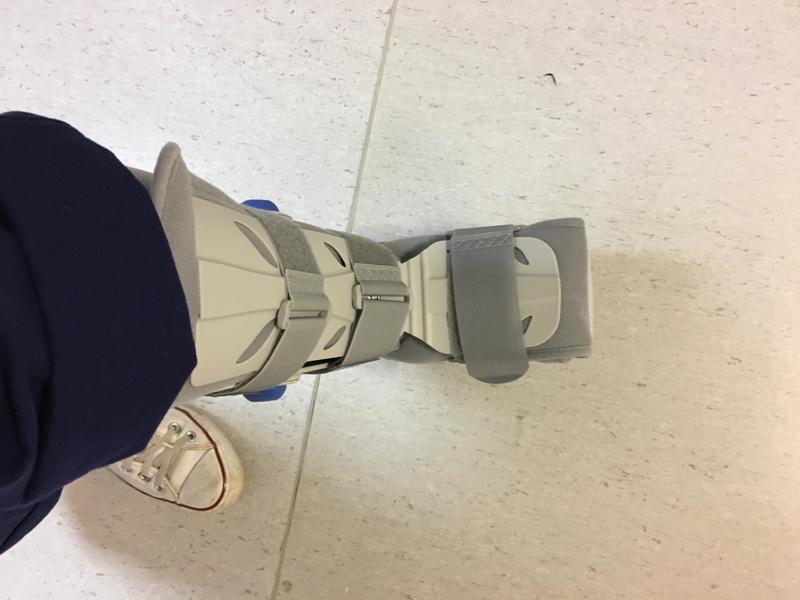
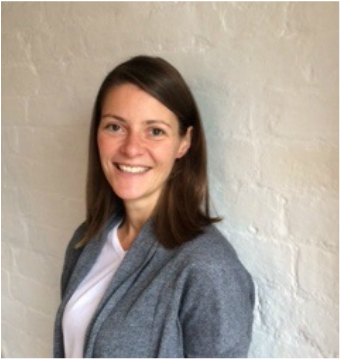

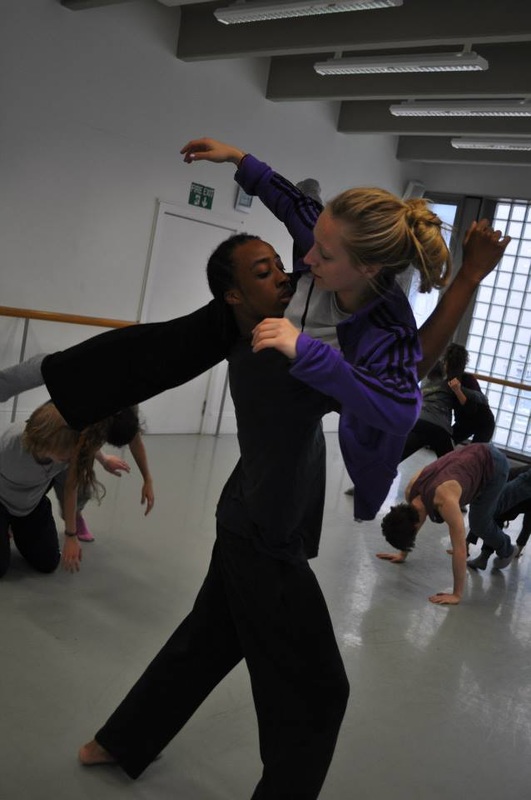
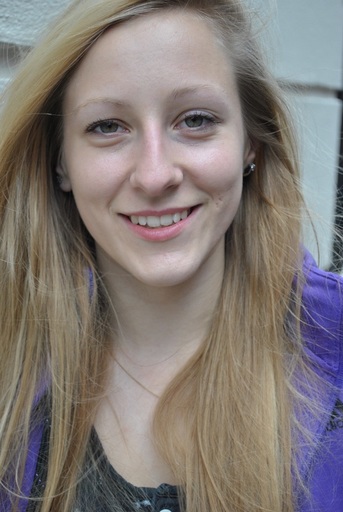
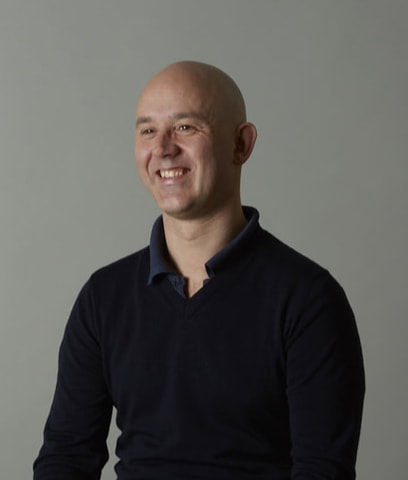
 RSS Feed
RSS Feed
